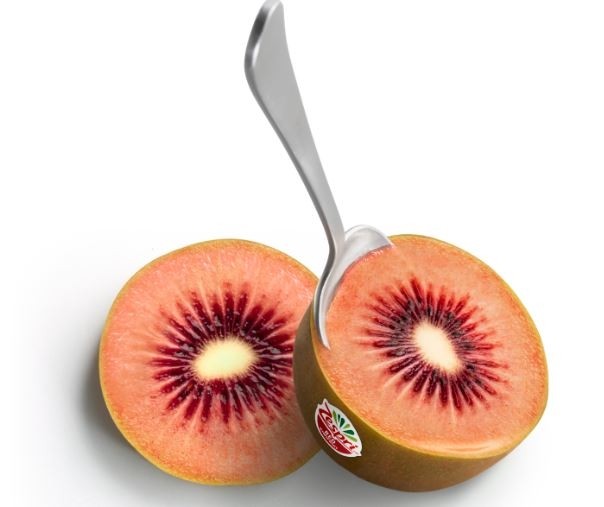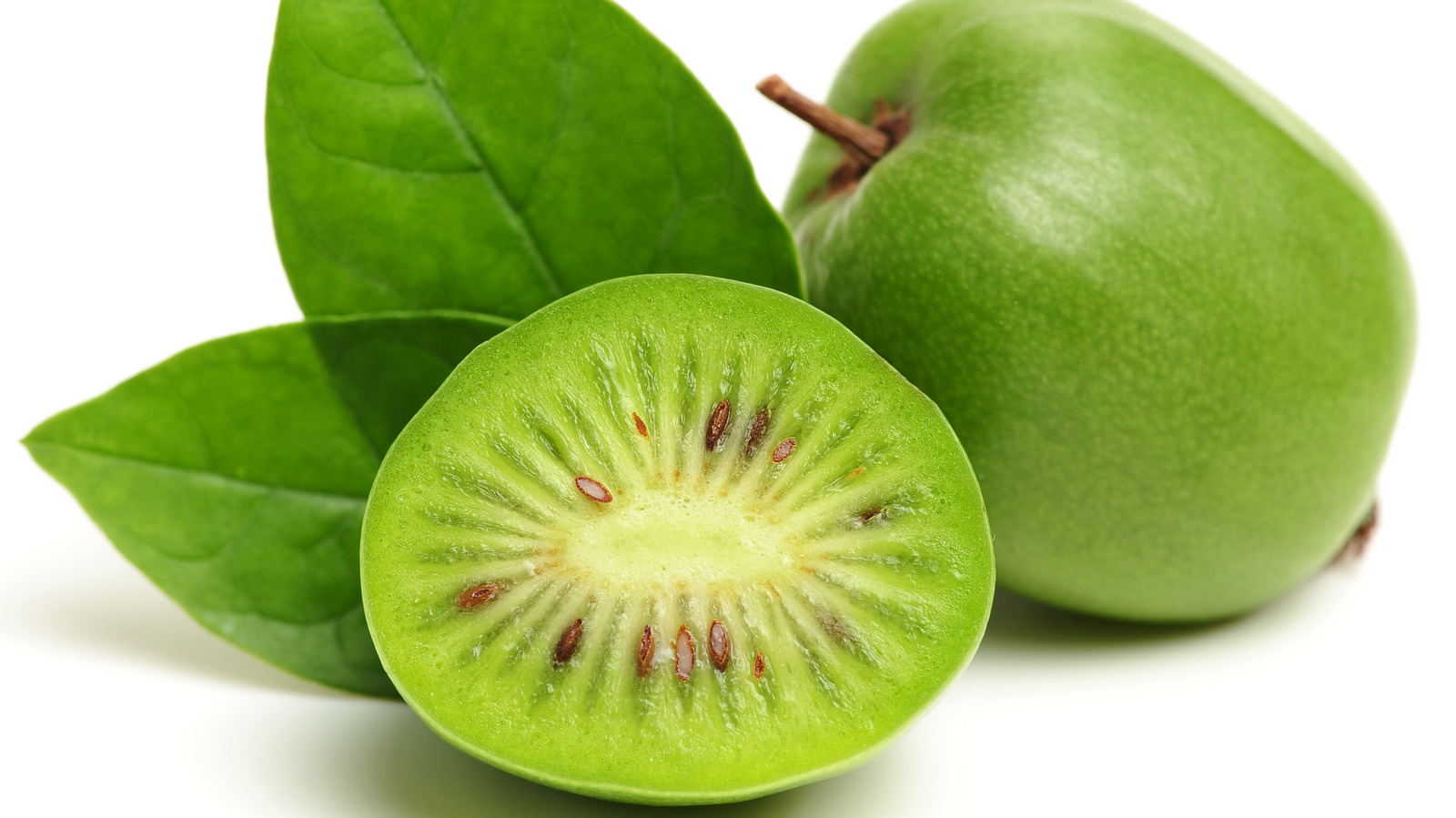From Tart to Sugary Food: Demystifying What Do Kiwis Taste Like
Wiki Article
Discovering the Special Characteristics and Fascinating Biology of Kiwi: A Comprehensive Research Study
Welcome to the interesting globe of kiwi! Prepare to be surprised as we reveal exactly how kiwis have adapted to their flightless existence and discover their ecological relevance.Physical Features
What are the physical qualities of a kiwi bird? Well, let's dive right in! The kiwi bird is a tiny, flightless bird indigenous to New Zealand. It determines regarding 12 to 14 inches in height and evaluates around 2 to 7 extra pounds. One of one of the most distinguishing characteristics of the kiwi bird is its long, slim costs. This bill is not just used for feeding, but additionally for excavating burrows in the ground.The kiwi bird has a distinct tuft, with soft, hair-like plumes that resemble hair. Unlike most birds, the kiwi has little wings that are hidden under its plumes and are not practical for flying.
One more intriguing physical attribute of the kiwi bird is its nostrils situated at the suggestion of its costs. This adaptation permits them to seek worms and insects, their main resource of food, in the leaf litter on the woodland floor (what do kiwis taste like). In addition, the kiwi bird has large, round eyes that are adjusted for low-light problems, as they are primarily nocturnal
Feeding Behaviors
To understand the feeding behaviors of the kiwi bird, you require to observe its foraging actions and nutritional preferences. Kiwis are one-of-a-kind in their feeding routines, as they are primarily nighttime and count greatly on their sense of scent to situate food. They have a long, slender costs that enables them to probe the ground trying to find pests, worms, and other invertebrates. These birds use their strong sense of smell to discover prey hidden below the surface area, and after that use their bill to remove it.In addition to pests, kiwis additionally eat fruits, berries, and seeds. Kiwis have been observed feeding on a wide variety of plant species, indicating their versatility to different food sources.
Remarkably, kiwis do not have a plant, which is a specific part of the digestion system discovered in numerous birds. Rather, their food passes directly from the esophagus to the stomach. This may be an outcome of their distinct evolutionary background and ecological particular niche.
Recreation and Breeding
Now let's dive right into the remarkable globe of kiwi reproduction and breeding, structure upon our previous expedition of their one-of-a-kind feeding habits. They are virginal birds, indicating they develop lasting pairs.Reproducing period for kiwis generally occurs between June and March. During this time around, the women kiwi will certainly lay one to two eggs, which are abnormally big compared to the bird's body dimension. Kiwi eggs are the largest of any type of bird in percentage to body weight. After the eggs are laid, both the man and women take turns breeding the eggs, with each taking shifts that can last up to 12 days.
Once the chicks hatch, they are born able and totally feathered to see (what do kiwis taste like). They are additionally fairly precocious, meaning they are able to deal with themselves relatively rapidly. Also after the chicks have actually hatched out, the moms and dads proceed to offer treatment and security for them until they are fully independent, which can take numerous months.

Adjustments to Flightless Presence
As a flightless bird, the kiwi has actually gone through several modifications to its anatomy and habits that enable it to prosper in its special atmosphere. Unlike other birds, kiwis have tiny, vestigial wings that are essentially ineffective for flying.One more adjustment that kiwis have created is their strong legs and feet. These functions allow them to effectively stroll and run, making up for their lack of ability to fly. The kiwi's legs are muscle and positioned much back on its body, supplying it with a low center of mass and optimal balance. Furthermore, its feet are furnished with sharp claws that help in digging and foraging for food.
In order to survive without the capacity to fly, kiwis have likewise created an eager sense of scent. Their long, slender beaks home extremely visit the site sensitive nostrils, allowing them to discover bugs and worms under the forest flooring. This impressive adjustment helps kiwis locate food resources and keep a well balanced diet regimen.
Ecological Relevance
The environmental significance of kiwi exists in their duty as key seed dispersers in their native habitat. As they move via the woodland flooring, kiwi forage for bugs, worms, and a range of plants.The kiwi's capability to distribute seeds is essential for maintaining the biodiversity and equilibrium of their community. By spreading seeds throughout different locations, they add to the growth and abundance of different plant types. Subsequently, these plants supply food and shelter for various other pets, developing an internet of interdependencies within the environment.
Moreover, kiwi play a crucial role in controlling the populace of specific plant varieties (what do kiwis taste like). Some plants create an excessive variety of seeds, which can lead to overcrowding and restricted sources for various other plants. By taking in and spreading these seeds, kiwi aid manage the development of such plants, guaranteeing a much healthier and extra varied ecological community
The eco-friendly significance of kiwi extends past their role as seed dispersers. Their tunneling actions also adds to soil aeration and nutrient recycling, boosting the general health of the forest floor. Additionally, their feeding routines can assist control insect populaces, minimizing the threat of bug episodes that might hurt vegetation.
Conclusion
Finally, checking out the special attributes and interesting biology of kiwi exposes its physical attributes, feeding behaviors, recreation and reproducing patterns, in addition to its adjustments to a flightless existence. With its distinct attributes and ecological value, the kiwi works as an amazing example of nature's diversity and adaptation. By recognizing find here and valuing the kiwi's function in its community, we can even more promote conservation efforts to guarantee the preservation of this remarkable varieties for future generations.
Report this wiki page